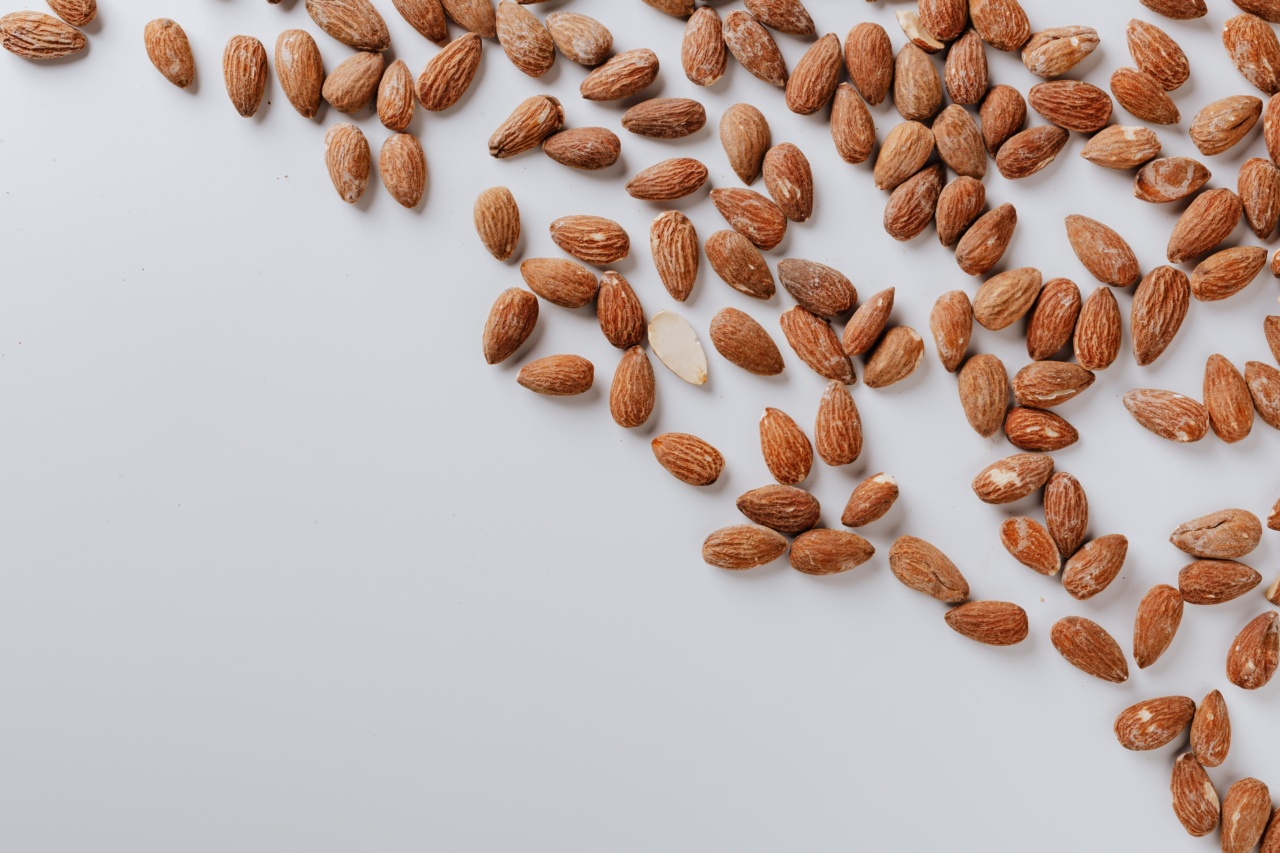Shrinking: Protein-packed, low-calorie diet is a dietary approach that combines high protein intake with low-calorie consumption to promote weight loss.
This approach is gaining popularity among individuals looking to shed extra pounds and maintain a healthy lifestyle. By focusing on protein-rich foods and reducing calorie intake, this diet aims to boost metabolism, increase satiety, and preserve lean muscle mass, making it an effective tool for weight management.
The Science behind Protein
Proteins are the building blocks of life and play a crucial role in many bodily functions. They are composed of amino acids that not only provide energy but also aid in tissue repair, hormone synthesis, and enzyme production.
Protein has the highest thermic effect of food, meaning it requires more energy to digest, absorb, and metabolize compared to carbohydrates and fats. By increasing protein intake, you can boost your metabolic rate, leading to increased calorie burning and weight loss.
Diving into the Low-calorie Domain
The second aspect of the shrinking diet is the emphasis on low-calorie consumption. By reducing your overall calorie intake, you create an energy deficit that forces the body to tap into stored fat for fuel, eventually leading to weight loss.
However, it is vital to strike a balance and ensure that you are still meeting your body’s nutritional requirements while cutting back on calories. Incorporating nutrient-dense, low-calorie foods is key to achieving this balance.
Benefits of a Shrinking Diet
Following a protein-packed, low-calorie diet can offer numerous benefits beyond weight loss. Some of these advantages include:.
- Increased satiety: Protein-rich foods keep you feeling full for longer periods, reducing cravings and aiding in portion control.
- Muscle preservation: When combined with regular exercise, a high-protein diet helps preserve lean muscle mass, preventing muscle breakdown during weight loss.
- Boosted metabolism: The thermic effect of protein helps elevate your metabolic rate, resulting in enhanced calorie burning even at rest.
- Nutrient density: By focusing on nutrient-dense foods, you can ensure you’re getting essential vitamins, minerals, and antioxidants necessary for overall health.
- Blood sugar control: Protein helps stabilize blood sugar levels, preventing spikes and crashes, which can be beneficial for individuals with diabetes or insulin resistance.
Recommended Protein Sources
When adopting a shrinking diet, it’s essential to choose protein sources that are both nutritious and low in calories. Here are some protein-packed foods that should be on your shopping list:.
- Lean meats: Skinless chicken breast, turkey, lean cuts of beef, and pork tenderloin.
- Fish and seafood: Salmon, tuna, cod, shrimp, and other seafood options.
- Eggs: A cost-effective protein source packed with essential amino acids.
- Dairy products: Greek yogurt, cottage cheese, and low-fat milk.
- Legumes: Lentils, chickpeas, black beans, and other legume varieties.
- Tofu and tempeh: Plant-based protein sources suitable for vegetarians and vegans.
- Nuts and seeds: Almonds, walnuts, chia seeds, flaxseeds, and hemp seeds.
How to Incorporate a Shrinking Diet
To successfully adopt a shrinking diet, it’s crucial to plan your meals and make conscious food choices. Here are some tips to help you get started:.
- Calculate your daily protein needs: As a general guideline, aim to consume 0.8 grams of protein per kilogram of body weight. Adjust this amount based on your activity level and specific goals.
- Include protein in every meal: Distribute your protein intake evenly across breakfast, lunch, and dinner. Snacking on protein-rich foods during the day can also help curb hunger.
- Opt for whole foods: Instead of relying on processed protein bars and shakes, choose whole food sources to ensure you’re getting a broader nutritional profile.
- Incorporate plenty of vegetables: Vegetables are low in calories and high in fiber, helping you feel fuller for longer. They also provide essential nutrients and antioxidants.
- Stay hydrated: Drinking enough water throughout the day is essential for all bodily functions and can support weight loss efforts.
- Monitor portion sizes: While protein is crucial, it’s important to pay attention to overall calorie intake. Measure your portions to avoid consuming excess calories.
- Combine with exercise: Regular physical activity, including both cardiovascular exercises and strength training, can maximize the benefits of a shrinking diet.
Potential Risks
While a protein-packed, low-calorie diet can be beneficial for many, it’s not suitable for everyone. Here are some considerations and potential risks associated with this approach:.
- Nutritional deficiencies: Severely restricting calorie intake may make it challenging to meet all your nutrient needs. To minimize this risk, choose nutrient-dense foods and consider consulting a registered dietitian.
- Kidney function: Individuals with pre-existing kidney conditions should exercise caution when increasing protein intake. Consult your healthcare provider if you have any concerns.
- Individual preferences and dietary restrictions: It’s essential to choose a diet that aligns with your preferences and accommodates any dietary restrictions you may have. Vegan or vegetarian individuals may need to pay extra attention to their protein sources.
- Long-term sustainability: While the shrinking diet can be effective in the short term, it’s essential to consider long-term sustainability and adopt healthy eating patterns that you can maintain in the future.
Conclusion
The shrinking diet, with its focus on high protein intake and low-calorie consumption, provides an effective approach to weight loss and weight management.
By incorporating lean protein sources and reducing overall calorie intake, individuals can experience increased satiety, preserved muscle mass, and boosted metabolism. However, it’s important to consider individual needs, preferences, and potential risks when adopting this dietary approach.
Consulting with a healthcare professional or registered dietitian can help tailor this diet to suit your specific goals and requirements, ensuring a healthy and sustainable weight loss journey.




























